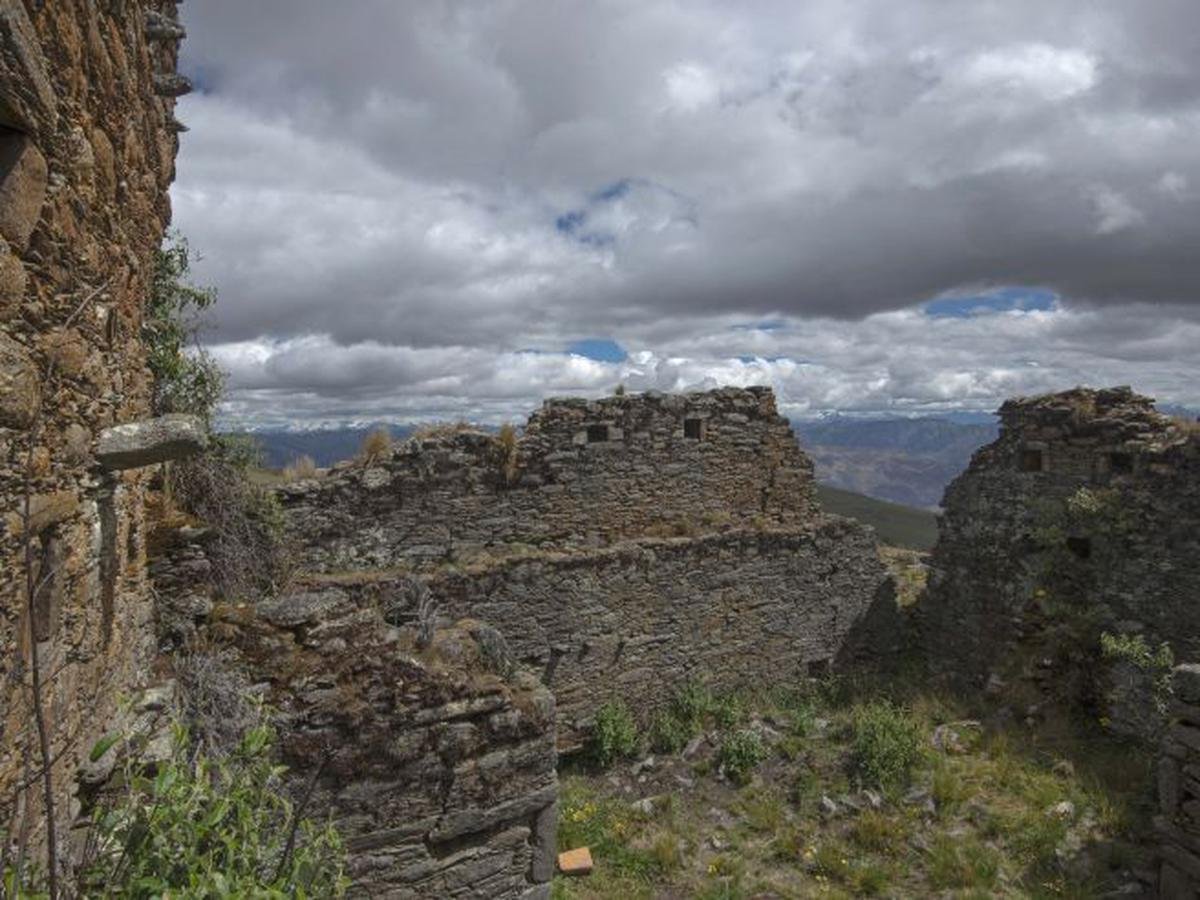Archaeological Complex of Tinyash | Huanuco

Location
Located in the district of Pinra, province of Huacaybamba, at 4,100 meters above sea level, the Archaeological Complex of Tinyash | Huanuco stands as an imposing vestige of the pre-Inca culture in the department of Huanuco.
how to get there?
- By car: The trip by car from Huanuco to the Tinyash Archaeological Complex takes approximately 9 hours and 8 minutes, covering a distance of 283 km. The main route is Highway 3N.
- Bus: There are transportation companies that offer bus service from Huanuco to Pinra, the district closest to the Tinyash Archeological Complex. The trip takes approximately 6 hours.
- Guided tour: You can hire a guided tour that will take you to the Tinyash Archaeological Complex from Huanuco. This option will allow you to obtain additional information about the archaeological site and the Yarowilca culture.
History
The Tinyash Archaeological Complex stands as an imposing testimony of pre-Inca history in the department of Huanuco, Peru. Located in the district of Pinra, at 4,100 meters above sea level, this site houses vestiges of cultures that inhabited the region from the Late Preceramic (2000 B.C. – 600 B.C.) until the arrival of the Incas.
Early settlers and cultural legacy:
Archaeological evidence suggests that the first settlements in the Tinyash area date from the Late Preceramic, with groups dedicated to hunting and gathering. Later, the Yarowilca culture (VIII – XV centuries A.D.) settled in the region, leaving its mark in the imposing stone structures that we can appreciate today.
The Yarowilcas: A Thriving Civilization in the Andes
The Yarowilcas flourished in the Upper Marañon region, developing a complex society with a high level of social, political and economic organization. Their domain covered a large part of the current territory of the Huacaybamba province, including the Tinyash Archaeological Complex.
An administrative and ceremonial center:
Tinyash was not only an important population center, but also a strategic point for the control of the territory and economy of the Yarowilca culture. Its location on top of a hill allowed a wide view of the valley, facilitating surveillance and trade.
The complex through its architecture:
The Tinyash Archaeological Complex is divided into two main sectors:
- Upper Zone: It concentrates the structures of greater hierarchy, such as plazas, colcas (warehouses) and an ushnu (ceremonial altar). From here there is a wide view of the valley, which shows its importance as an administrative and ceremonial center.
- Lower Zone: Composed of agricultural terraces, terraces and houses, it reflects the social and economic organization of the Yarowilca culture. The use of the mountainous terrain for agriculture demonstrates their ability to adapt to the environment.
- An invaluable cultural legacy:Beyond its architecture, Tinyash offers valuable testimony of the Yarowilca culture through its ceramics, textiles and other archaeological objects. These findings allow us to understand their worldview, their daily practices and their relationship with the environment.
Recommendations
- Plan your visit: Research the archaeological complex and hire a tour guide for a more complete and enriching experience. Reserve your entrance ticket in advance, especially in high season.
- Preparation: Wear warm and comfortable clothing, appropriate footwear for trekking, sunscreen, hat, sunglasses, water and snacks.
- Respect: Follow the indications, respect other visitors and take care of the cultural heritage.
- Enjoy: Take your time to explore the site, appreciate the architecture and the beauty of the landscape. Immerse yourself in the history and culture of the region.











